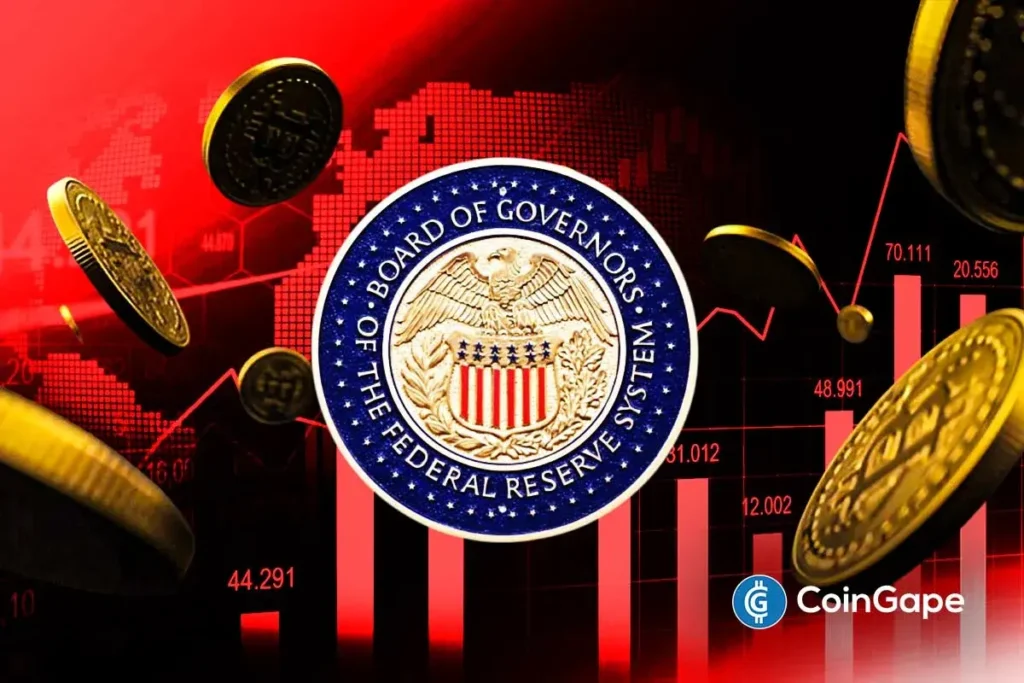Bitcoin Price: A Deep Dive into Recent Trends and Future Predictions
The Bitcoin market is currently experiencing significant volatility as the cryptocurrency continues its downward trajectory. Investors within the crypto and stock markets are adopting a risk-off sentiment, leading to a sharp decline in Bitcoin’s value. Recently, the coin plummeted to a low of $95,000, marking its potential to close out another week of losses. Presently, Bitcoin is in danger of falling further, with speculation surrounding ETF outflows and shifting Federal Reserve interest rates fueling investor concerns.
Current Market Trends
Analyzing Bitcoin’s weekly prices reveals a clear downtrend that has persisted for several weeks. The crypto reached an all-time high of $126,330 in October, but has since faced a significant decline, forming a "three black crows" pattern. This pattern, indicative of three consecutive bearish candles, suggests that the downtrend may continue. With current evaluations pointing toward a potential risk of a further plunge to $62,600, market watchers are closely monitoring this critical support level.
For those unfamiliar, the three black crows pattern is generally a precursor to continued bearish movements, and Bitcoin seems poised to follow this trend. The technical analysis suggests that the price could drop another 35%, bringing the target down to approximately $62,630. Additional bearish indicators, such as divergences on key oscillators like the Relative Strength Index (RSI) and the MACD, underscore the growing risk associated with Bitcoin holdings.
The Impact of Economic Indicators
One of the primary factors contributing to Bitcoin’s recent downturn is the shifting sentiment surrounding the Federal Reserve’s interest rate policies. Recent data from Polymarket indicates that the likelihood of an interest rate cut at the next Federal meeting in December has plummeted from 90% to just 54%. This decline comes as concerns over inflation persist, especially given that the Consumer Price Index (CPI) remains above the Federal Reserve’s 2% target.
These economic indicators have a direct impact on the cryptocurrency market. As investors reassess their portfolios amid the potential for prolonged high-interest rates, sentiment may continue to weigh down the price of Bitcoin. Risk aversion is spreading across the markets, further stagnating growth opportunities within the crypto space.
Declining Futures Open Interest
Another pivotal signal of investor caution lies within Bitcoin Futures open interest, which has drastically decreased to around $60 billion. This figure is a far cry from the year-to-date high of close to $100 billion, indicating that many investors are adopting a more conservative stance. The apprehension is further magnified in light of a recent $20 billion liquidation event.
As Bitcoin prices fluctuate, the decline in futures open interest suggests that traders are exiting their positions, reflecting a retreat from risk and growing uncertainty in the market. This cautionary approach could lead to further price deterioration as market participants await clearer direction.
ETF Outflows and Market Sentiment
Bitcoin is also grappling with notable ETF outflows. Such outflows generally signify investor hesitance and a lack of confidence in the crypto market. With the Crypto Fear and Greed Index registering alarmingly low levels, market sentiment appears to be in turmoil. On-chain data indicates that large holders of Bitcoin are offloading their tokens, painting a grim picture of the market landscape.
Investor psychology plays a significant role in Bitcoin’s pricing. As fear predominates, individuals are more likely to sell off assets, further driving the market down. A coupled analysis of these factors suggests that Bitcoin’s price may remain under pressure unless a significant reversal in sentiment can be achieved.
Long-term Projections
While the current trends pose risks, it is important to note that a significant bullish push is still possible. If Bitcoin manages to break above the key resistance level at $110,000, there could be a considerable shift in momentum, potentially leading the price back toward its all-time high of $126,330.
Long-term bullish scenarios remain intact contingent upon market stabilization and a shift in macroeconomic conditions. A renewal in bullish market sentiment could instigate a recovery, providing hope for both individual investors and institutional players alike.
Conclusion
In conclusion, Bitcoin’s current market volatility is fueled by a combination of economic indicators, investor sentiment, and emerging bearish patterns. As Bitcoin approaches critical support levels, the fragile balance of market forces suggests that further declines are possible. Following these trends and developments is essential for both seasoned investors and newcomers to understand the potential risks and rewards. Overall, the cryptocurrency landscape remains fluid, and only time will reveal the future of Bitcoin and how it responds to these numerous influencing factors.
By staying informed about market dynamics, potential investors can better position themselves for whatever direction Bitcoin may take in the near future.


